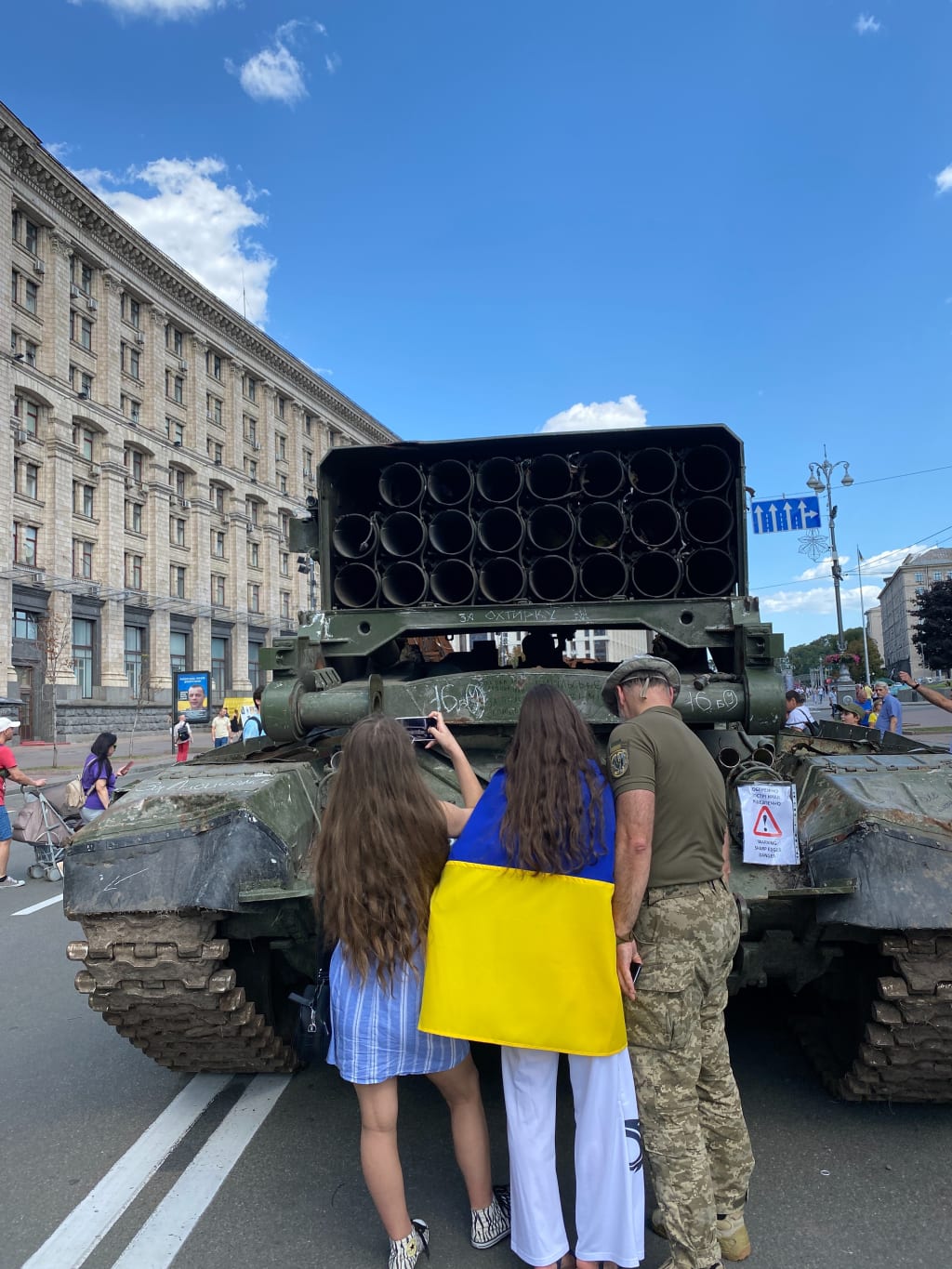
Living in a War Zone: Coping with Air Attacks in Ukraine's Capital
Introduction
1. Background
2. Air Attacks in Ukraine
3. Impact on the Capital
4. Civilian Response
5. Safety Measures
6. International Support
7. Media Coverage
8. Living in a War Zone
9. Risk Assessment
10. Choosing to Live Life
Conclusion
FAQs
Introduction
Living in a war zone is an experience that no one should have to endure. However, for the residents of Ukraine's capital, Kiev, this has become their reality. The ongoing conflict between Ukraine and Russia has resulted in frequent air attacks on the city, causing immense fear and disruption in the lives of its inhabitants. In this article, we will delve into the impact of air attacks on Kiev, the response of civilians, safety measures taken, international support, and the challenges of living in a war zone.
1. Background
The conflict between Ukraine and Russia has been ongoing for several years, with tensions escalating and subsiding at different times. However, in recent months, Kiev has witnessed a surge in air attacks, leaving its residents in constant fear and uncertainty. These attacks have become a part of their daily lives, forcing them to adapt to a new reality filled with danger and uncertainty.
2. Air Attacks in Ukraine
Russian forces have launched some of the heaviest air attacks on Kiev, unleashing more than 100 missiles and drones on the capital. These attacks have taken place not only during the cover of darkness but also in broad daylight, further intensifying the terror felt by the residents. The use of ballistic missiles and repurposed surface-to-air missiles has become a common occurrence, targeting various locations in the city.
3. Impact on the Capital
The relentless air attacks have had a profound impact on the capital, both physically and emotionally. Buildings have been damaged, debris has caused injuries and fatalities, and the general infrastructure has been significantly affected. The sound of explosions and air raid sirens has become a constant backdrop to daily life, creating an atmosphere of fear and anxiety.
4. Civilian Response
In the face of such dire circumstances, the resilience and bravery of the civilians in Kiev have shone through. People have sought shelter in underground metro stations and designated air raid shelters, trying to find solace and safety amid the chaos. The streets, which were once bustling with activity, have now become eerily quiet as people prioritize their survival and that of their loved ones.
5. Safety Measures
To cope with the ongoing air attacks, the residents of Kiev have taken various safety measures. They have become adept at identifying the warning signs of an impending attack and quickly seek refuge in designated safe areas. The importance of preparedness and vigilance cannot be overstated in such a volatile environment.
6. International Support
Ukraine has received international support in its struggle against the aggressions of Russia. Countries around the world have condemned the air attacks and provided assistance to strengthen Ukraine's air defense systems. This support has been crucial in mitigating the impact of the attacks and instilling a sense of solidarity among the Ukrainian people.
7. Media Coverage
The media has played a significant role in documenting and disseminating information about the air attacks in Kiev. Journalists
8. Living in a War Zone
Living in a war zone takes a tremendous toll on the mental and emotional well-being of the residents. The constant threat of air attacks, the loss of loved ones, and the destruction of homes and infrastructure create a sense of despair and trauma. Basic necessities such as food, water, and electricity become scarce, making it difficult to maintain a semblance of normalcy in daily life.
9. Risk Assessment
Every decision made in a war zone carries a significant risk. Simple tasks like going to work or school, running errands, or even stepping outside the house become a calculated gamble. People must constantly assess the potential danger and make choices that prioritize their safety. This heightened state of alertness and the constant need to evaluate risk can lead to chronic stress and anxiety.
10. Choosing to Live Life
Despite the hardships and dangers, the residents of Kiev continue to find moments of joy and resilience amidst the chaos. They come together as a community, supporting and uplifting one another. They celebrate small victories, cherish moments of peace, and find solace in their shared experiences. By choosing to live life to the fullest, they defy the impact of the air attacks and assert their indomitable spirit.
Conclusion
Living in a war zone is an unimaginable hardship that no one should have to endure. The air attacks on Kiev have caused immense suffering, fear, and disruption in the lives of its residents. However, amidst the chaos, the people of Kiev have shown remarkable strength and resilience. They support one another, take safety measures, and continue to live their lives to the best of their abilities. The international community must stand in solidarity with Ukraine, condemning the air attacks and providing support to alleviate the suffering of those living in the war zone.
FAQs
Q: Is it safe to visit Kiev amidst the air attacks? A: Given the ongoing air attacks, it is not advisable to visit Kiev at this time. The city is experiencing significant risks and disruptions due to the conflict.
Q: How can I support the people of Kiev during this difficult time? A: There are various ways to support the people of Kiev. Donating to humanitarian organizations providing aid, raising awareness about the situation, and urging your government to take action are some effective ways to make a difference.
Q: Are there any diplomatic efforts to resolve the conflict? A: Diplomatic efforts are ongoing to find a peaceful resolution to the conflict between Ukraine and Russia. However, progress has been slow, and the situation remains volatile. International pressure and negotiations continue to be essential in resolving the conflict.
Q: How can the international community help prevent future air attacks? A: The international community can help prevent future air attacks by holding aggressor nations accountable, imposing sanctions, and providing support to strengthen the defense capabilities of the affected country. Additionally, diplomatic negotiations and mediation efforts can play a crucial role in de-escalating tensions and promoting peace.
Q: What is the current state of the conflict between Ukraine and Russia? A: The conflict between Ukraine and Russia is ongoing, with sporadic flare-ups of violence. It is a complex geopolitical situation with deep-rooted historical and political factors. Efforts to find a peaceful resolution are underway, but the situation remains fluid and unpredictable.
Please note that the information provided in this article is based on the situation up until September 2021, and the current state of affairs may have evolved. It is advisable to consult updated sources for the latest information on the conflict between Ukraine and Russia.





Comments
There are no comments for this story
Be the first to respond and start the conversation.